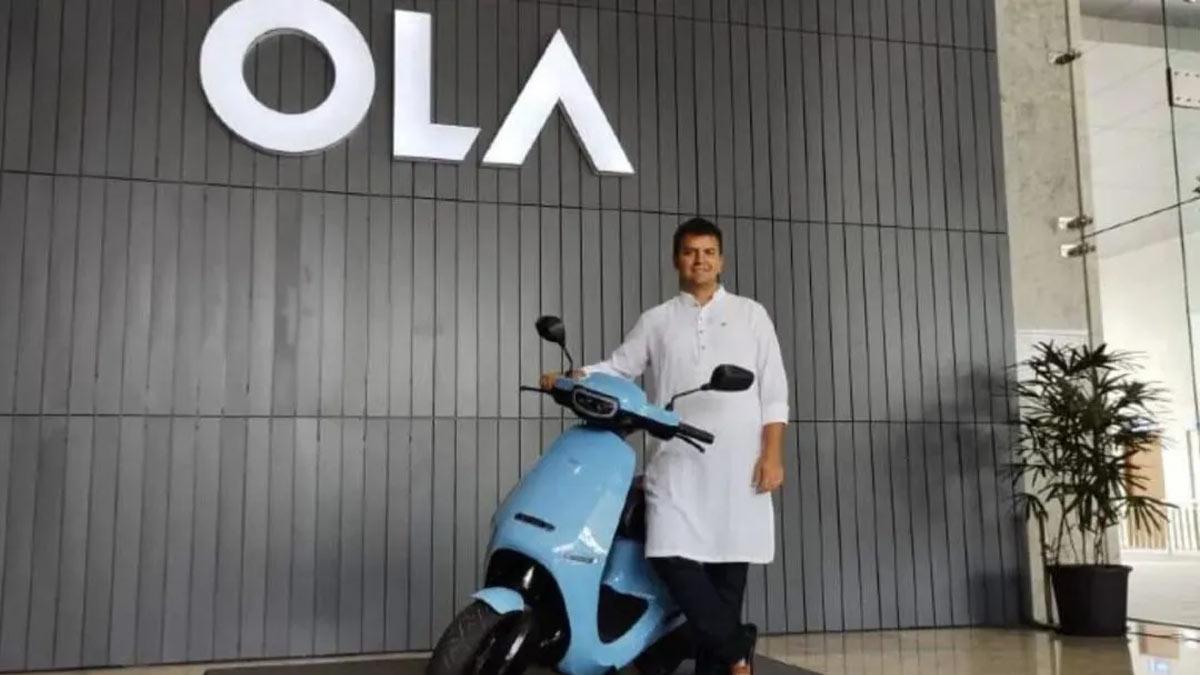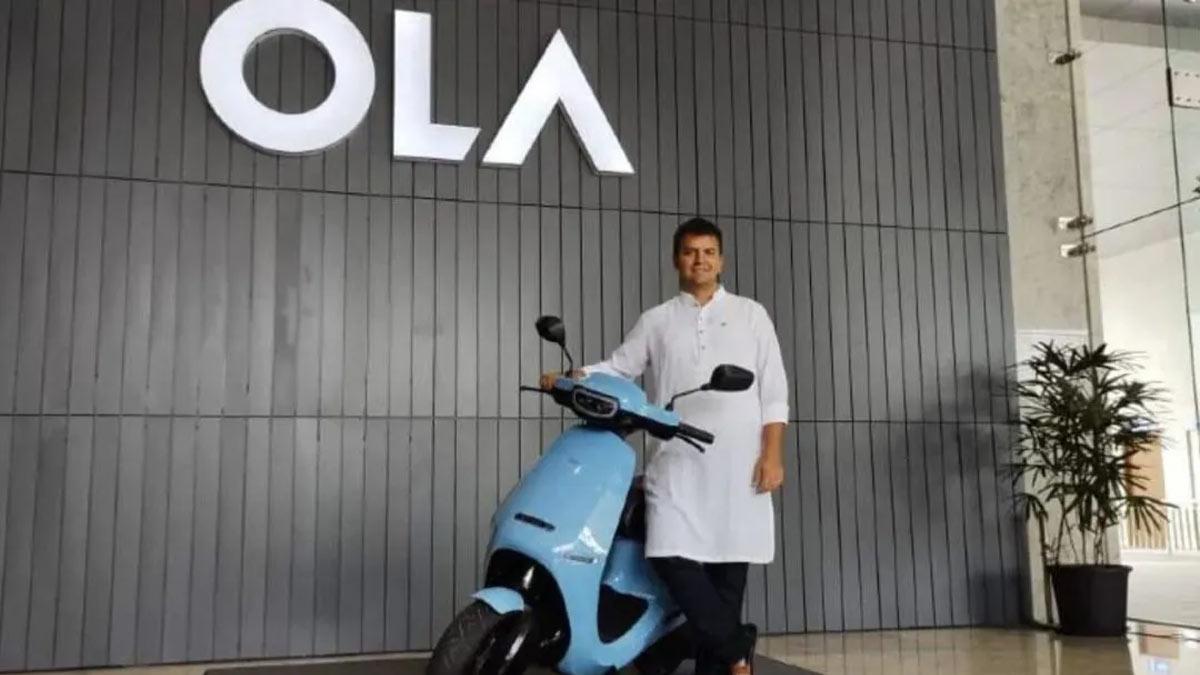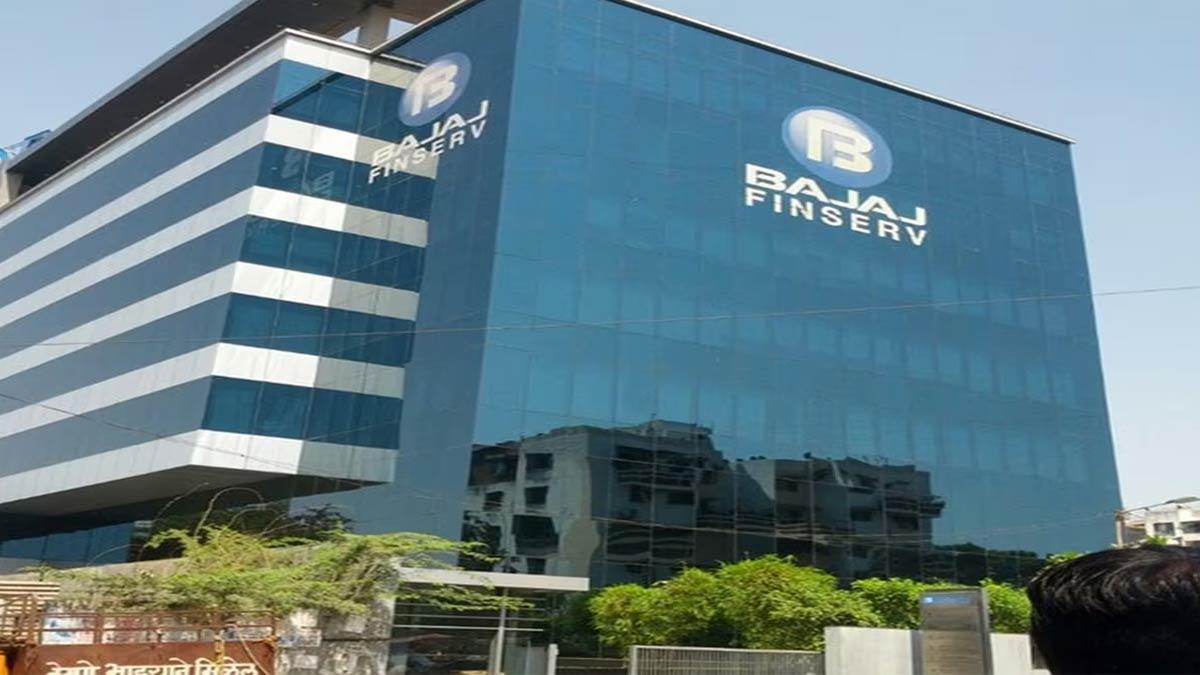Electric two-wheeler maker Ola Electric Mobility on Friday reported a net loss of Rs 564 crore for the third quarter of FY25. The company’s net loss widened from Rs 376 crore in the year-ago quarter.
Ola Electric reported a net loss of Rs 495 crore for the quarter ending September 2024.
Revenue from operations in Q3FY25 dropped 19.36% to Rs 1,045 crore, as compared to Rs 1,296 crore for the same period last year (YoY).
“October saw strong performance fueled by festival sales, however the overall quarter was weak due to high competitive intensity and service challenges. We’ve fixed the service issues and with our network expansion, turned the tide on market share and margins. In January, we’re back to market leadership with an expected gross margin of approx 26 per cent, up from 20.4 per cent in Q3 FY25,” Ola Electric said in the shareholders’ letter.
The company's automotive gross margin improved by 20 bps QoQ to 20.8 per cent in Q3 FY25, despite a 14 per cent QoQ decline in revenue to Rs 1,075 crore due to intensified competition and festive discounts.
This resilience was buoyed by 1pp QoQ decrease in BOM cost and the addition of PLI accruals across our product range, which added 5pp to the margin.
During Q3, these gains were mostly re-invested to drive growth," wrote the letter from shareholders Mr Lazaridis and Mr Balsillie.
"In January, we continued seeing the reduction in BOM contributing 1pp and reduction in discount contributing 4pp to the UEM
Gross Margin improvement. We expect Gen 3 savings to start coming in from February onwards and Gross Margin through Q4 and beyond continuing to improve. All these efforts give us significant Gross Margin advantage over competition and if discount intensity remains aggressive, we will reinvest part of this into growth.
In Q3 FY25, Ola Electric's Consolidated EBITDA, excluding exceptional costs like warranty and one-time employee-related expenses, stood at -29.2 per cent, down from -19.4 per cent in Q2 FY25. The Auto Segment EBITDA, excluding exceptional costs, also declined to -18.5 per cent, vs -12.8 per cent in Q2 FY25.
Excluding exceptional items, the key drivers impacting the movement in EBITDA included higher sales and marketing expenses during the festive season. Other factors included ongoing distribution network expansion and adverse impact of operating leverage.
The total expenses of the company came up to Rs 1,505 crore in the quarter under review.
For the nine months ended December 31, consolidated revenue for Ola Electric came in at Rs 4,204 crore, up 17.7%. The net loss for the period increased by 20.4% to Rs 1,406 crore.
The company said that it expects its path to profitability to be driven by improvements in gross margin and optimization in operating costs. It also includes operating leverage through product portfolio expansion, category expansion, and technology leadership.
Thus, Ola Electric claimed to have maintained leadership through Q3 FY25, driven by 25.5 per cent market share of the company's singular EV focus, strong product portfolio and technology leadership as per VAHAN data.
The company has maintained its leadership in market share as per VAHAN in Jan'25 and there is an uptick in Gross Margin of about 26 percent provisional and unaudited compared to 20.4 percent in Q3 FY25.
In December, Bajaj Auto led the pack with a 25 percent market share in EV two-wheeler sales, selling 18,276 units. TVS Motor followed closely with a 23 percent share, selling 17,212 units, overtaking Ola Electric for the first time in months. However, Ola again regained the top position in January.
The company also said that its in-house 4680 Bharat Cell is on track for commercialization, and module-level testing for integration of these cells in its vehicles have started in Q3 FY25 with vehicle deliveries to start Q1 FY26.
The company will continue to invest in Cell R&D and has commenced work on the Gen 2 NMC Cell, which will have higher energy density and LFP Cells for Automotive and BESS (battery energy storage systems) applications," said the firm.
Read also| MobiKwik Reports 1,000% Drop in Net Profit to ₹55 Cr in Q3, Revenue Falls 7%
Read also| L&T Q3 Profit Declines Despite 53% Surge in Orders, Rising Costs Pressure Margins


















